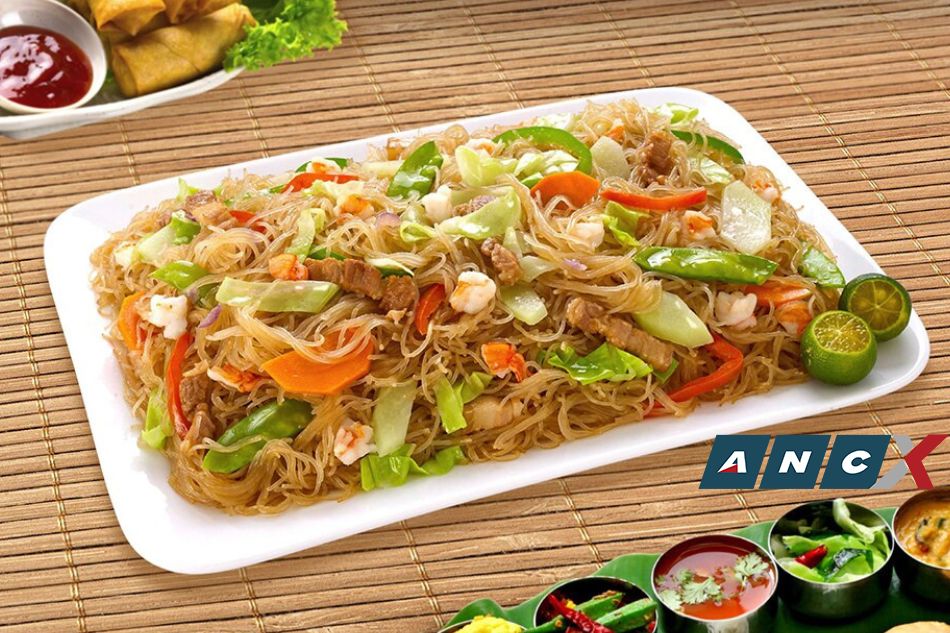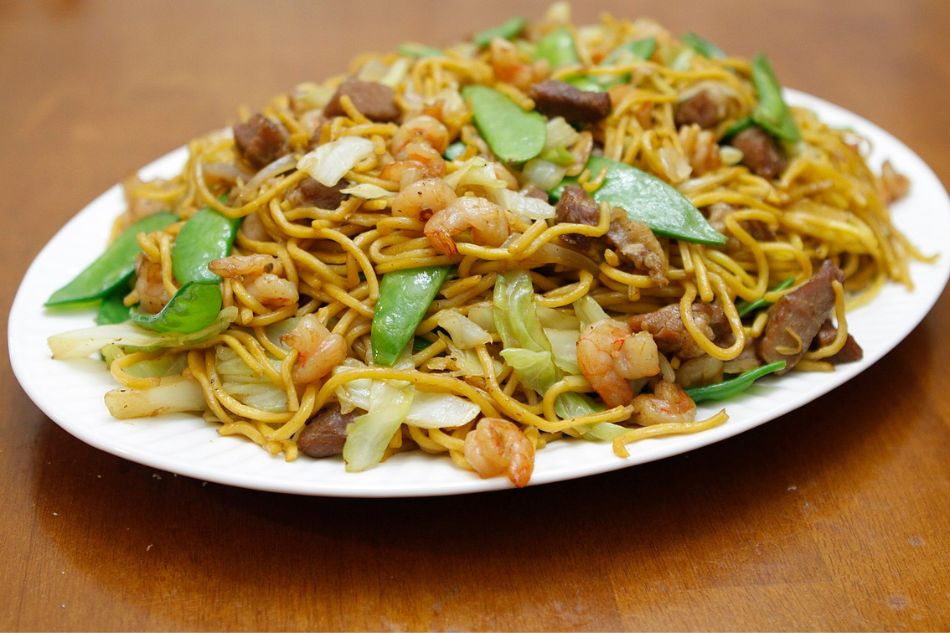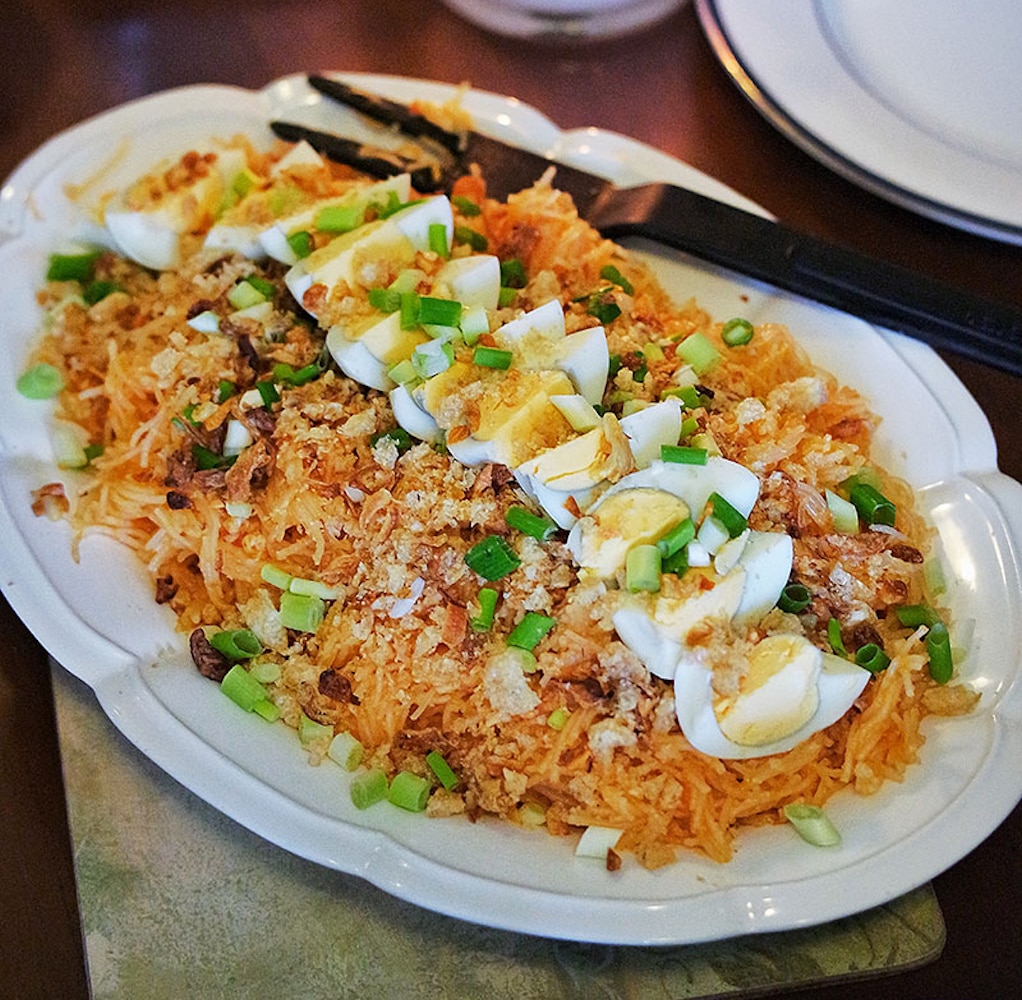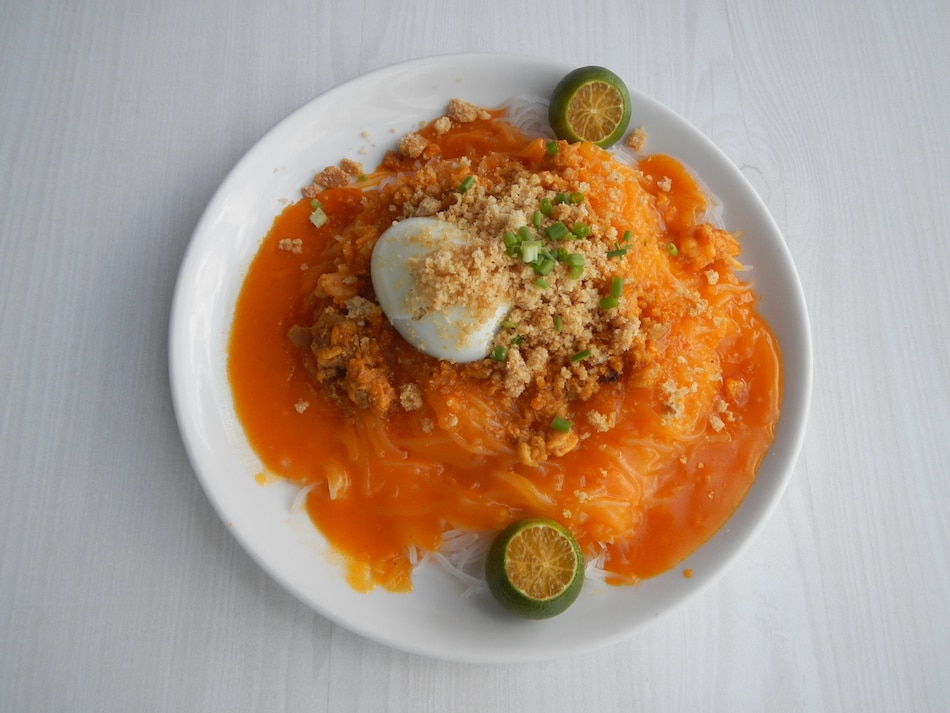Adobo, sinigang, kare-kare, sisig, bibingka. After these Pinoy dishes had their time in the international spotlight, thanks to food website TasteAtlas, it’s now the Pinoy pancit’s turn to bask in the world’s attention.
The culinary portal, which is dedicated to the promotion of local ingredients, traditional recipes, and authentic restaurants, included pancit, pancit canton, pancit bihon guisado, pancit palabok, and pancit lomi on its list of best noodle dishes in the world.
As of this writing, pancit (stir-fried noodles with meat and vegetables such as chicken, pork, shrimp, celery, carrots, onions, garlic, and cabbage) ranked number 11 both in the “most popular” and “best-rated” noodle dishes on the list, garnering 4.3 out of 5 stars. Canton made it to #33, bihon at #35, palabok at #37, and lomi at #51.
In an interview with SRO, Chef Jam Melchor, founder of the Philippine Culinary Heritage Movement, says the inclusion of our local pancit dishes on the list is a good sign that the Filipino food culture is really making its mark on the global food map.
The chef, who is currently in Turin promoting Philippine efforts in the slow food movement, says the pancit is considered a special all-occasion dish among Filipinos because it's loaded with ingredients. “Madaming mabubusog kapag pancit [ang handa],” says Melchor. He observes that among Filipino families based in the US and other parts of the world, pancit is a “universal food” in birthday parties. Pancit and lumpiang shanghai is the all-time favorite food combo.
Another reason pancit is popular, says Melchor, is it’s easy to cook. The procedures mainly consist of sauteing ingredients together in a wok. TasteAtlas mentioned in its feature that the pancit has Chinese origins. Its name “is derived from the Hokkien phrase pian i sit, meaning something convenient, cooked fast.”
Pancit is a great embodiment of our diversity as a people and a good representation of the food that we make, says Melchor. “Kahit Filipino tayo, may iba-iba tayong version ng pagkain. Ganun din ang pancit natin, may iba’t ibang lasa. Bawat lugar may kanya-kanyang rekado,” says the chef. “Kami sa Pampanga, ang pancit luglog namin iba sa pancit ng mga taga Isabela. Pero napakasarap. May kanya-kanyang uniqueness.”
The ingredients used in the pancit depend largely on the availability of ingredients in a particular region or locality. “Halimbawa sa Cavite, may pancit pusit, kasi maraming pusit dun sa area,” he says. Meanwhile, Malabon, which has its own fish port is known for pancit Malabon, which is prepared with various seafoods such as shrimps, squids, and mussels.
Among the different kinds of pancit Filipinos make, Melchor thinks it’s the pancit luglog that has a huge potential to become popular internationally. Primarily because its ingredients are readily available in many supermarkets and Asian groceries around the world—shrimps, chicharon, garlic, vermicelli, and even the atchuete.
Asked what is the best pancit for him, Melchor says he’s lately been a big fan of pancit puti, which is offered in a hole-in-the-wall restaurant in Dela Rosa Street, Makati called LSS Fastfood Pancit Puti. It’s essentially cooked like the pancit guisado but sans the soy sauce. The flavor and aroma of the dish mainly come from the meat broth and the garlic.
Melchor, who’s also the country head of Slow Food Youth Network Philippines, says each region in the Philippines has its own version of pancit that Filipinos can be proud of. So he urges everyone to support all of kinds. “Hindi lang yung nasa listahan [ng TasteAtlas]. Kung may alam pa kayong regional dishes, ilabas natin lahat. We have to be proud of our food culture,” he says.





